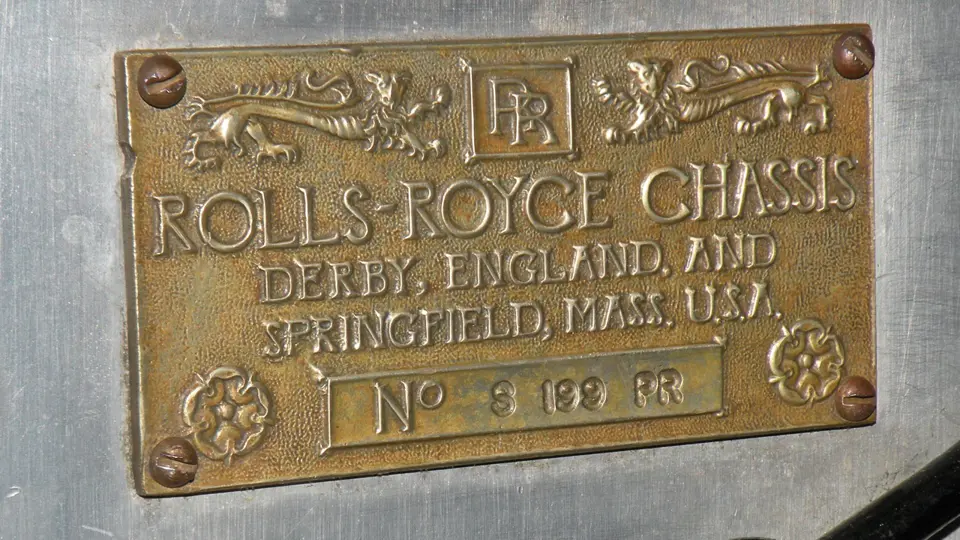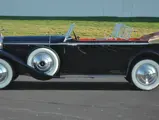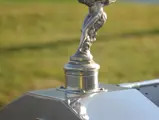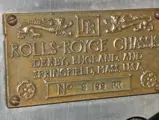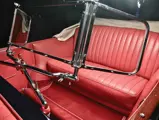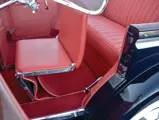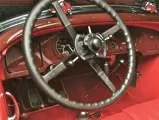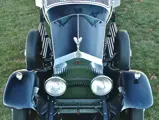40/50 hp, 468 cu. in. OHV inline six-cylinder engine, three-speed manual transmission, solid front axle with semi-elliptic leaf springs, live rear axle with cantilever leaf spring platform suspension, and four-wheel servo-assisted brakes. Wheelbase: 146.5 in.
• One of the final Springfield-built Phantom Is delivered
• Only four owners from new
• British-bred American luxury, with room for seven
Replacing its elegant but aging Silver Ghost chassis was no easy task for Rolls-Royce, but the New Phantom, which debuted in 1925, was a more than worthy successor. Taking Rolls-Royce into the modern “Roaring 20s” era of motoring, the Phantom rode on an improved version of the Silver Ghost's basic chassis and reflected the marque’s characteristic design philosophy of careful evolution rather than revolution.
Nonetheless, the revisions were sufficient enough to warrant a new model name. Initially known as the New Phantom, but later retrospectively referred to as the Phantom I, the new model featured a new inline six-cylinder engine based on an aluminum crankcase with the cylinders cast in three pairs. A one-piece, detachable cylinder head featured a thoroughly modern, pushrod-actuated overhead-valve arrangement.
Production commenced at Derby, England in 1925 and at Rolls-Royce’s Springfield, Massachusetts production facility in 1926, where the Phantom I was built with left-hand drive for the North American market. Two wheelbase lengths, 143.5 and 146.5 inches, were offered for the Springfield cars, providing the ability to accommodate a multitude of custom-built bodies from the American coachbuilding industry. Prior to the October 1929 stock-market crash, Springfield production was as high as 12 Phantom I chassis per week. Phantom I construction continued through 1932 at Springfield, while the model had already been supplanted by the Phantom II at Derby in 1929. In all, about 1,240 Phantom Is were built at Springfield.
While called a 1931, the stylish seven-passenger tourer offered here was supplied new to original owner J.B. Arthur, of New York City, on April 10, 1933. As a result, it was among the final examples of the Springfield-built Phantom Is to be delivered to a customer. Arthur was apparently pleased with the car, keeping it for 20 years before trading it in. It was then owned by Vrest Orton, of Vermont, and by a Mr. Donatoni, before being acquired by a prominent longtime member of the Classic Car Club of America, in whose care it spent 38 years.
The car has recently been refinished in “Sea Blue,” an appropriately eye-catching color on an automobile that resided for much of its life on the East Coast, and it sports red leather upholstery, a beige cloth top, and pale blue wire wheels shielded by full wheel covers. The wood has been refinished, and the car has been fully serviced to ready it for the road. Its wonderful condition is a credit to its few owners, all of whom have lovingly maintained the Rolls as years passed. It would be an ideal tourer, just as the name suggests.
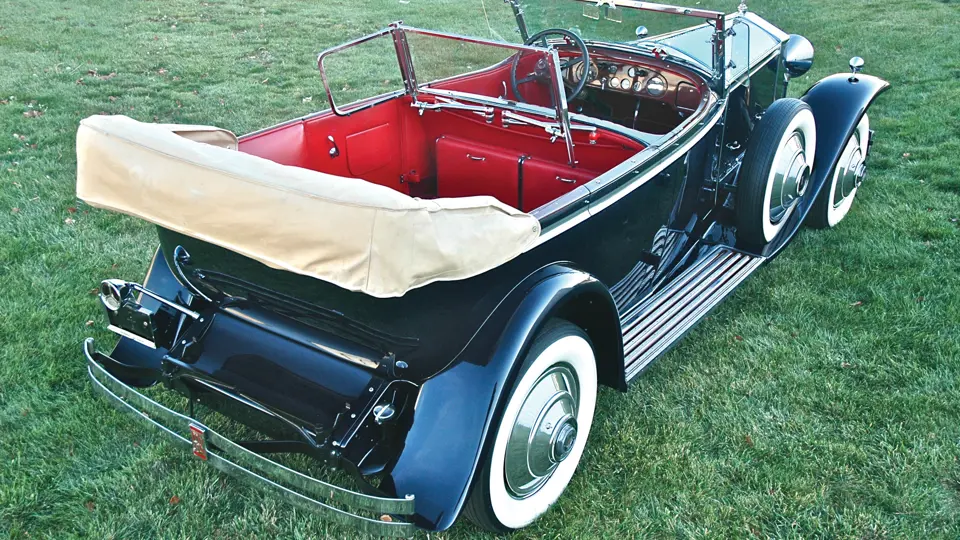
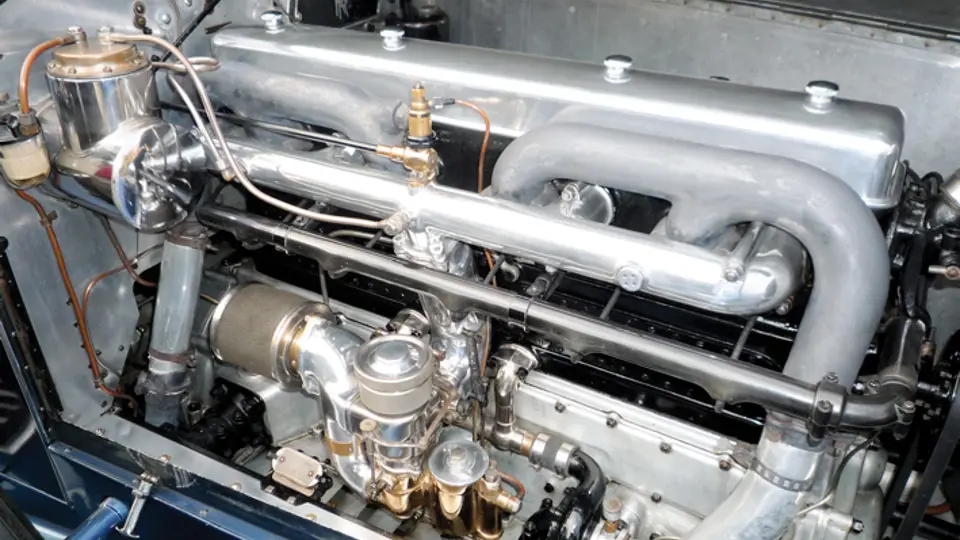


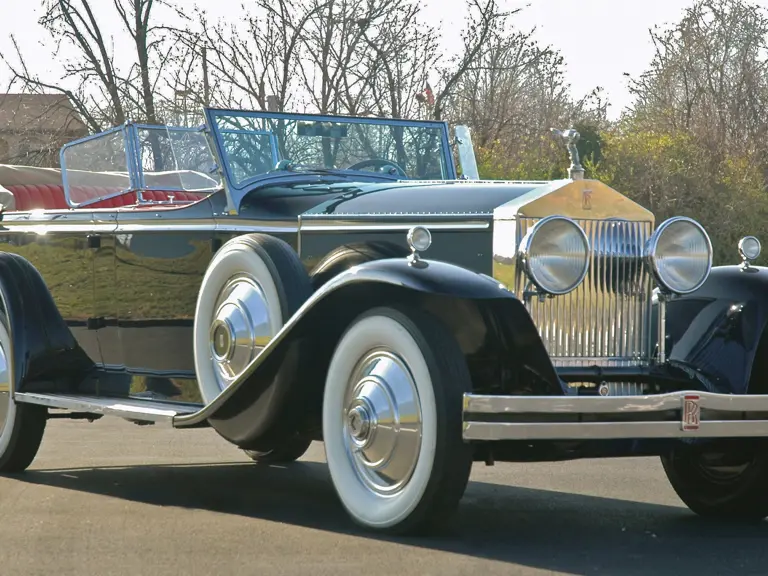
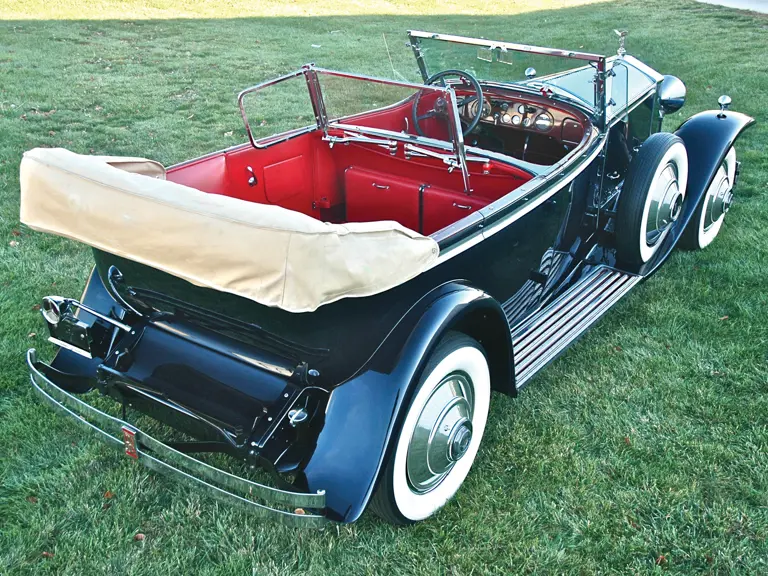
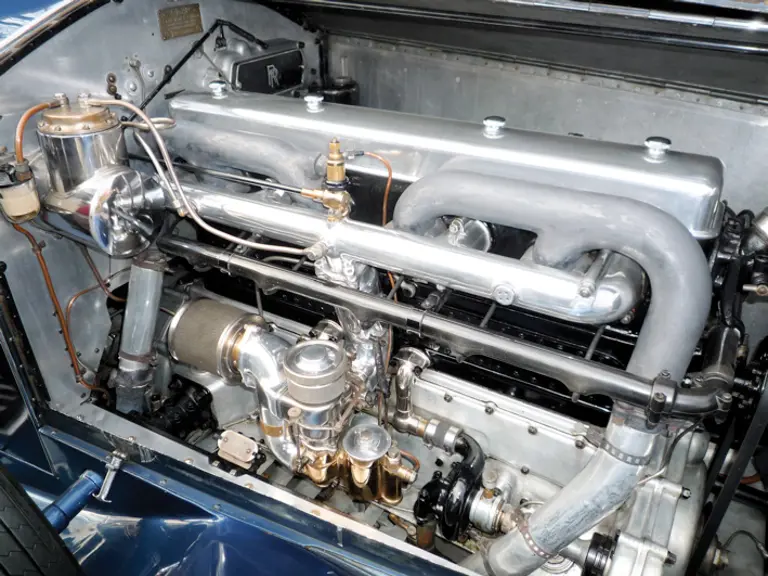

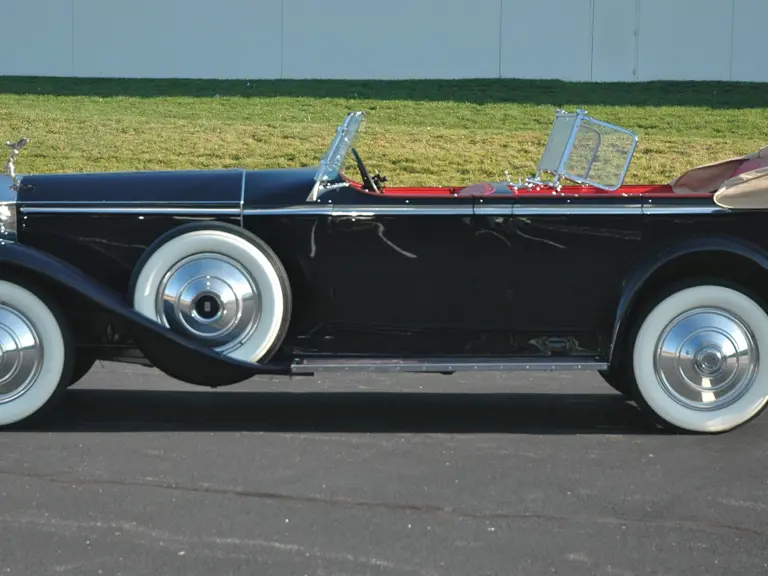
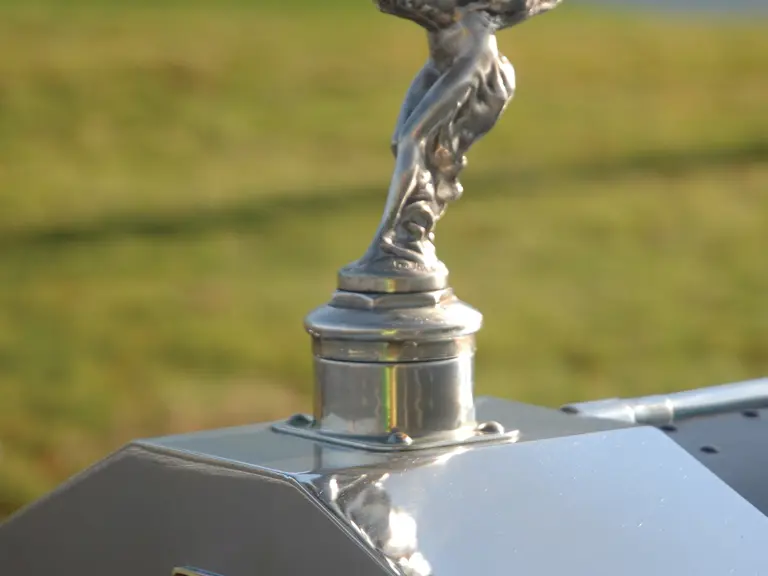
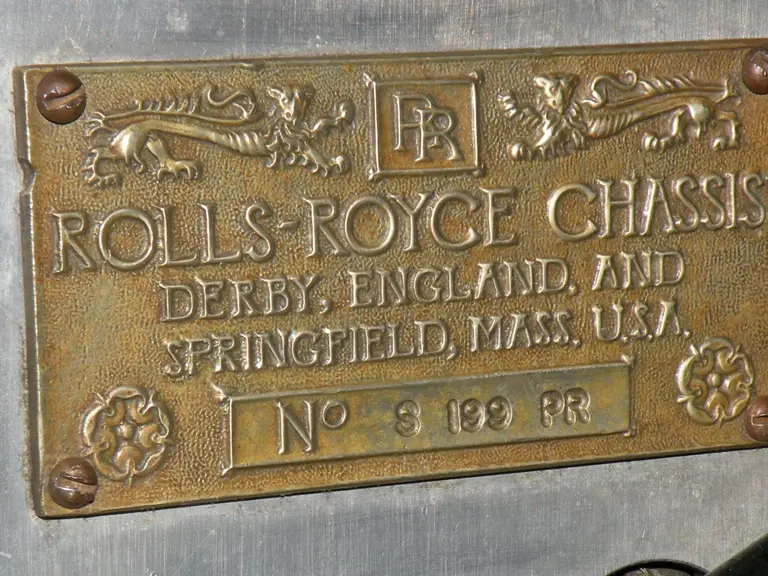
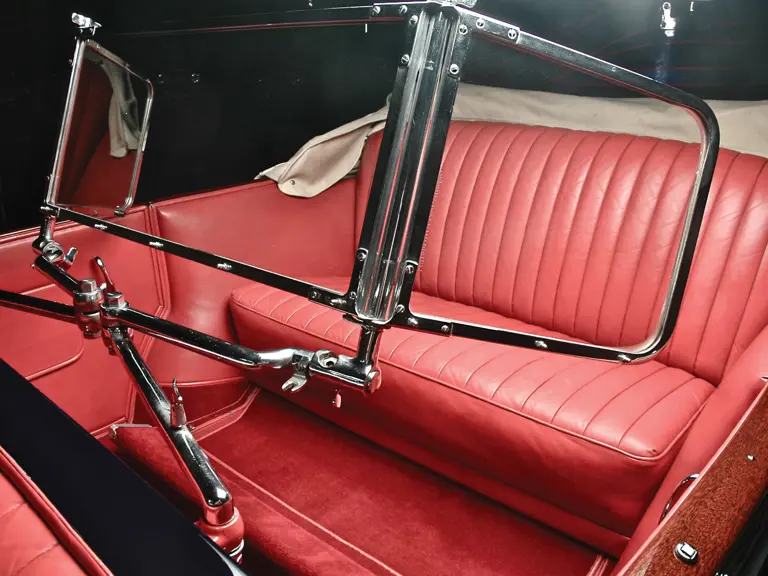
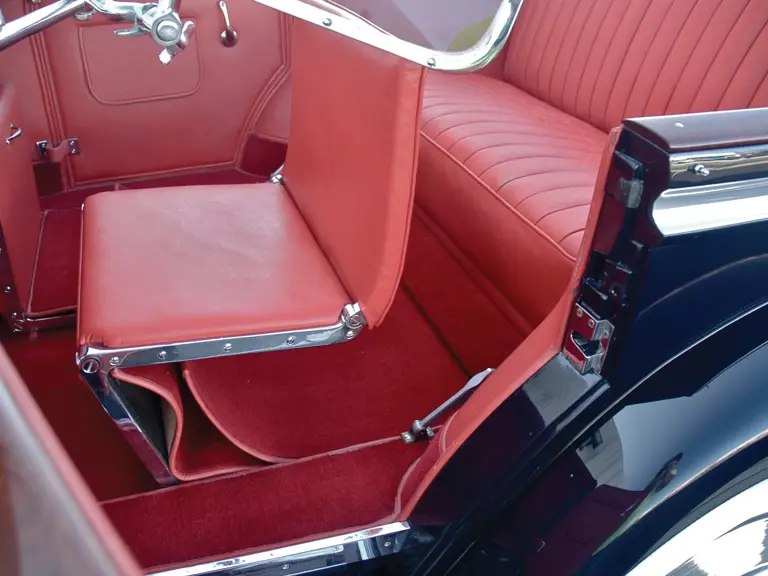

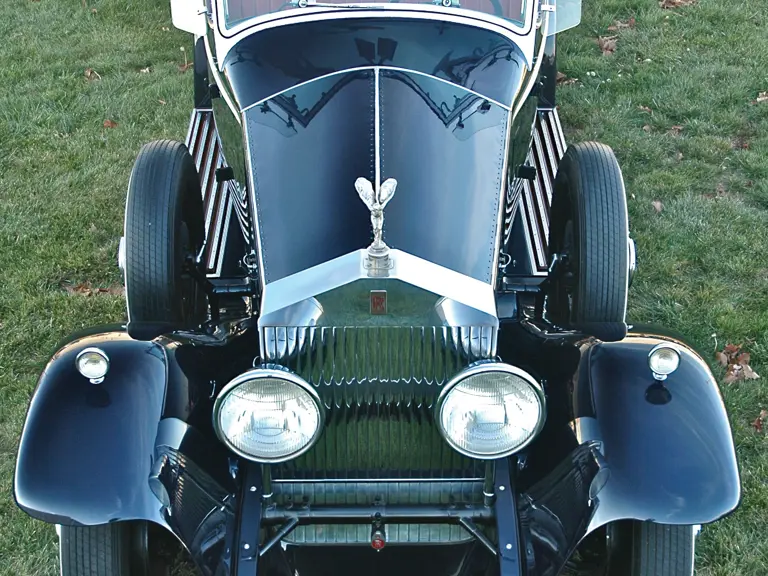

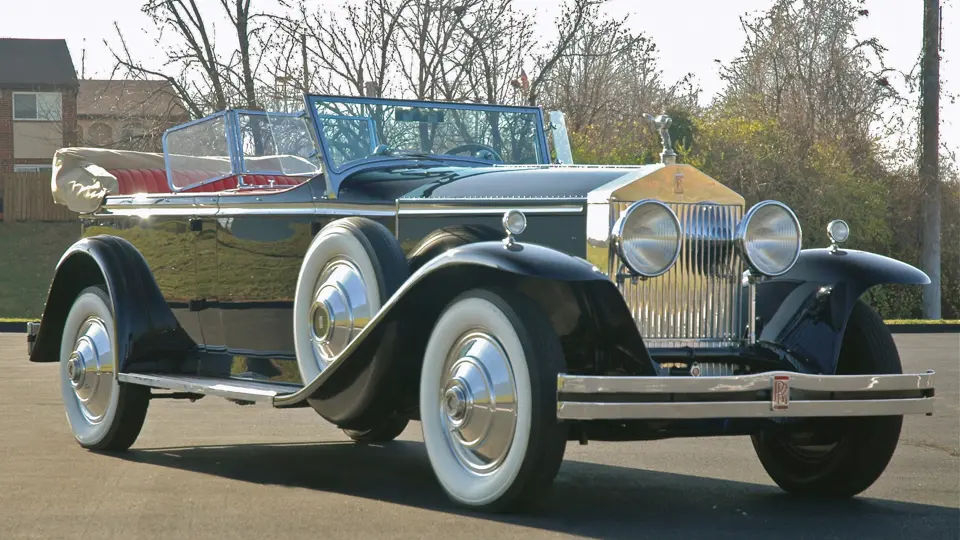
 | Phoenix, Arizona
| Phoenix, Arizona


